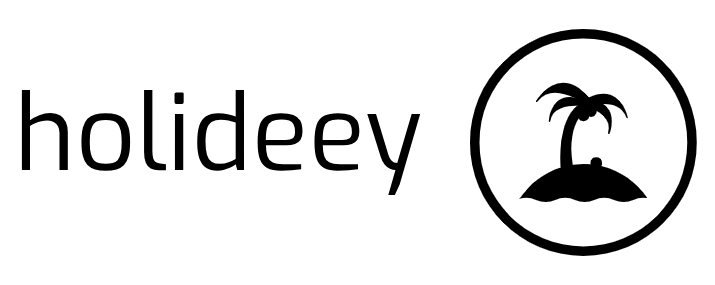The Benefits of Variable Data Printing for Marketing Campaigns
 Variable Data Printing using Digital Printing can improve the return on a Marketing Campaign from 1% or 2% to 10% to 15%.
Variable Data Printing using Digital Printing can improve the return on a Marketing Campaign from 1% or 2% to 10% to 15%.
Variable data printing (VDP) (also known as variable information printing (VIP) or VI) which is a form of on-demand printing in which elements such as text, graphics and images may be changed from one printed piece to the next, without stopping or slowing down the printing process and using information from a database or external file. Probably the best professional software around comes from Creo Darwin.
The printing takes the form of a set of personalized letters, leaflets, brochures, booklets, postcards or even CD & DVD Digipaks and other forms of packaging, each with the same basic layout, but which can be printed with a different image graphic, name and address or even bar code on each. Variable data printing can be used for direct marketing, customer relationship management, advertising and brochures or postcard campaigns. The success rate from sending digitally printed personalized marketing literature has proven to increase the success rate from 2% or 3% to 10% or even 15%.
There are several levels of variable printing. The most basic level involves changing the salutation or name on each copy.
More complicated variable data printing uses ‘versioning’, where there may be differing amounts of customization or personalization for different markets, with text and images changing for groups of addresses based upon which segment of the market is being addressed. Finally there is full variability printing, where the text and images can be altered for each individual address. All three types of variable data printing begin with a basic design that indicates which sections can be altered and a database of information that fills in the changeable fields.
Variable data printing enables the mass customization of documents via digital print technology, as opposed to the ‘mass-production’ of a single document using lithographic printing. Instead of producing 10,000 copies of a single document, delivering a single message to 10,000 customers, variable data printing could print any number of unique documents with customized messages for each customer.
Digital Printing allows the customer to be selective running smaller tests and receiving quicker responses. Unlike lithographic printing, the changes are done ‘on the fly’ in other words there are no plate changes. The changes are effected by the software whilst the job is printing; this makes the process cheaper and quicker with no loss of quality.
Graphic Designer departments can create the images required and these along with a database of the names addresses or whatever is required can be supplied by the customer and uploaded to the Rip which stands for Raster Image Processor which is similar to a printer driver but with enhanced features. The software then takes care of printing to ensure the whole job runs as required.

:strip_icc():format(webp)/kly-media-production/medias/1604249/original/067654800_1495627051-unnamed__1_.jpg)